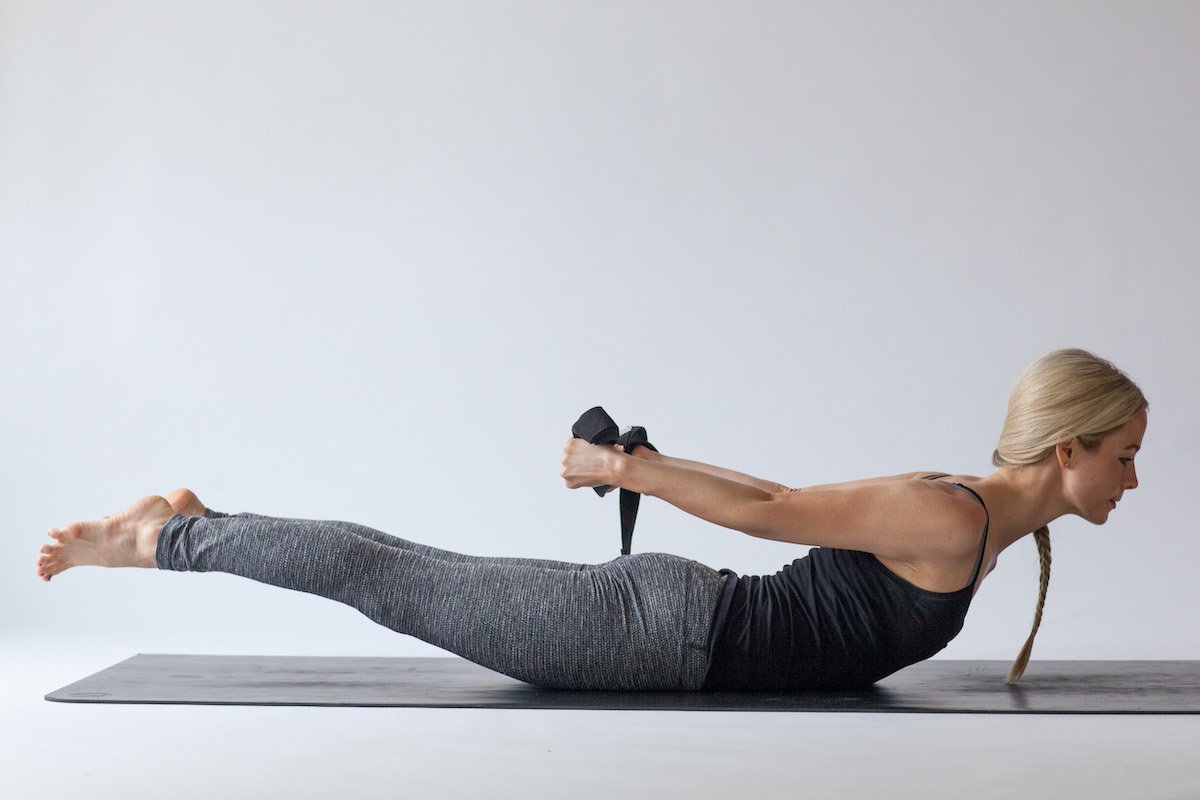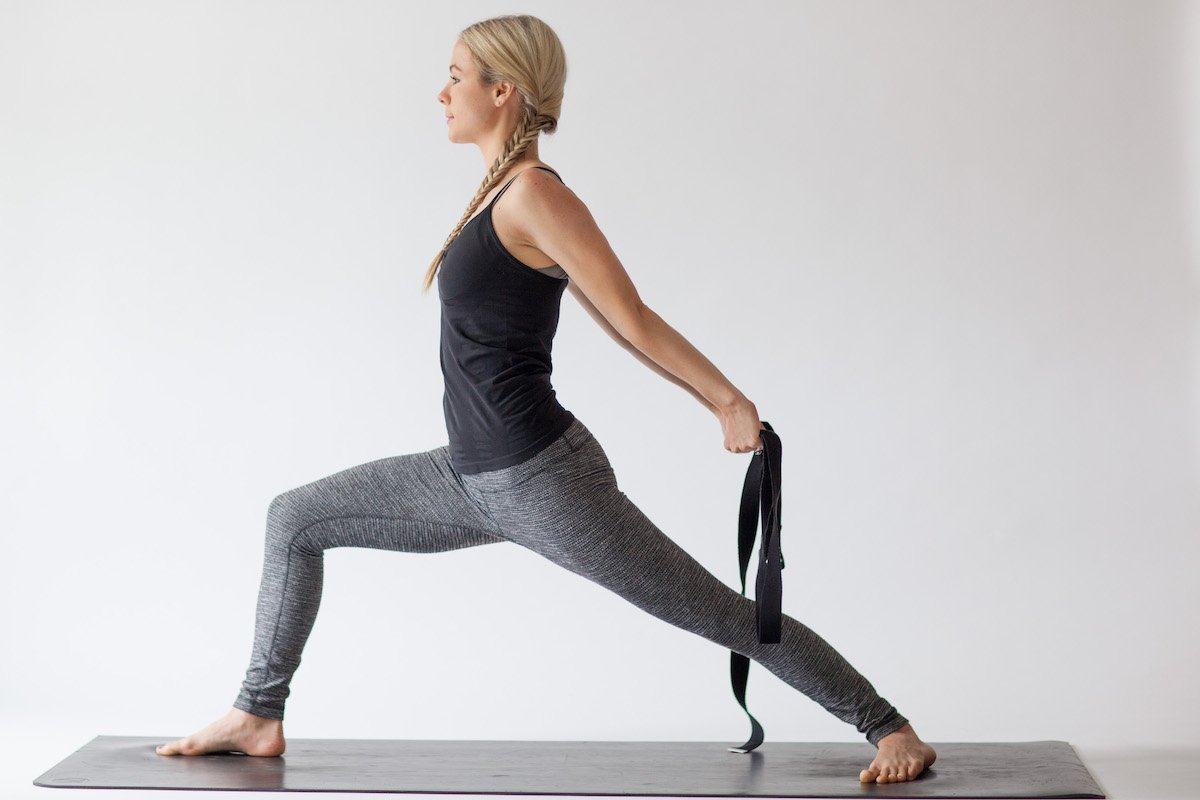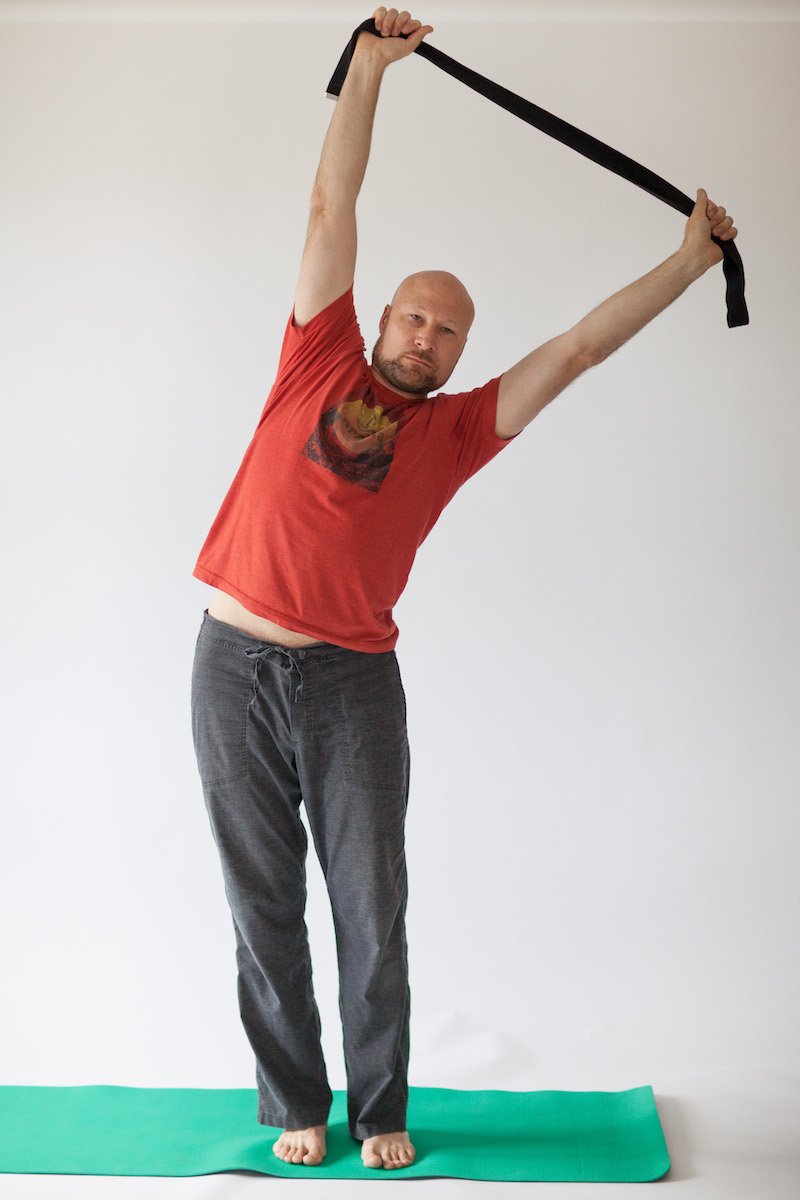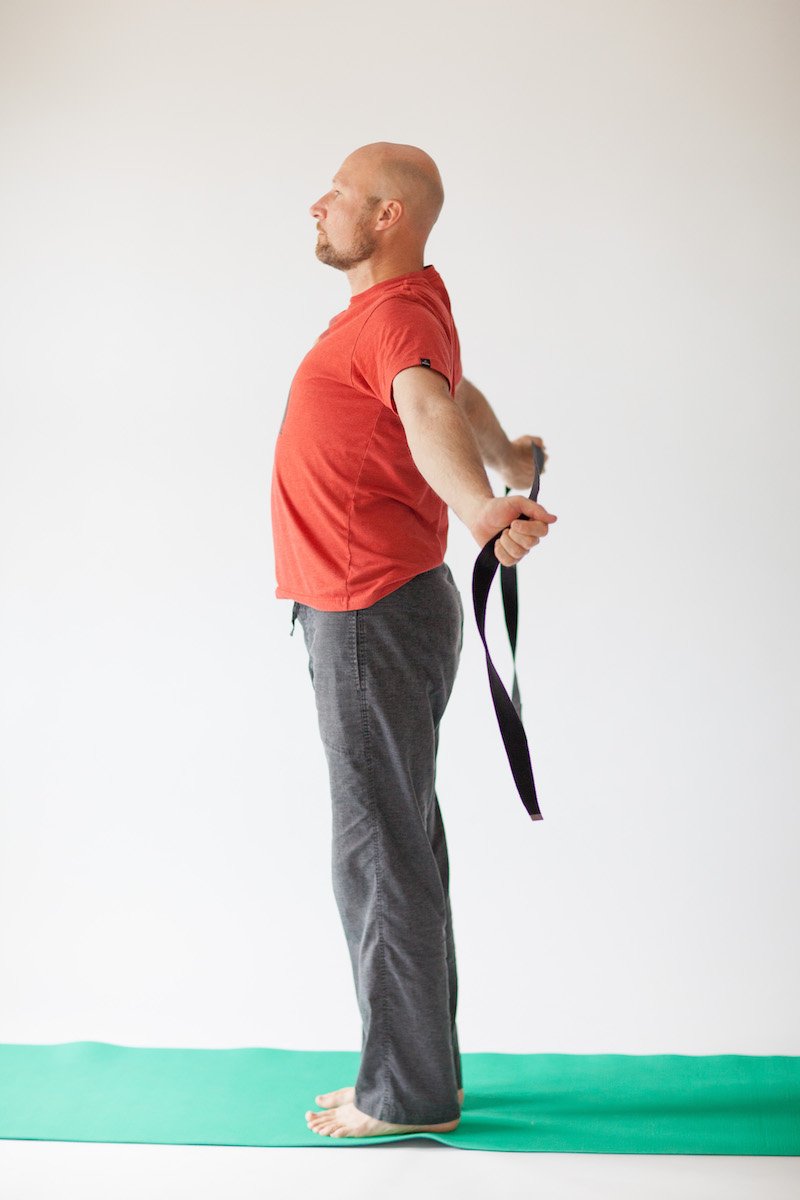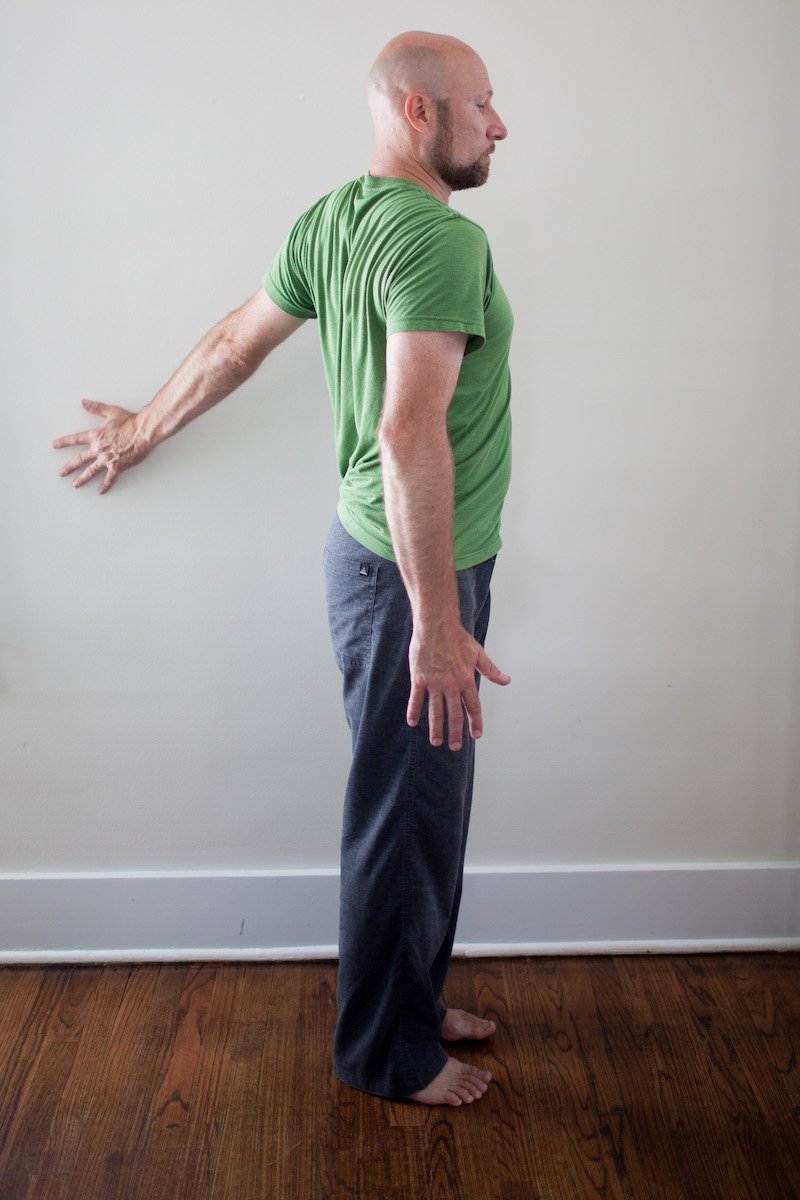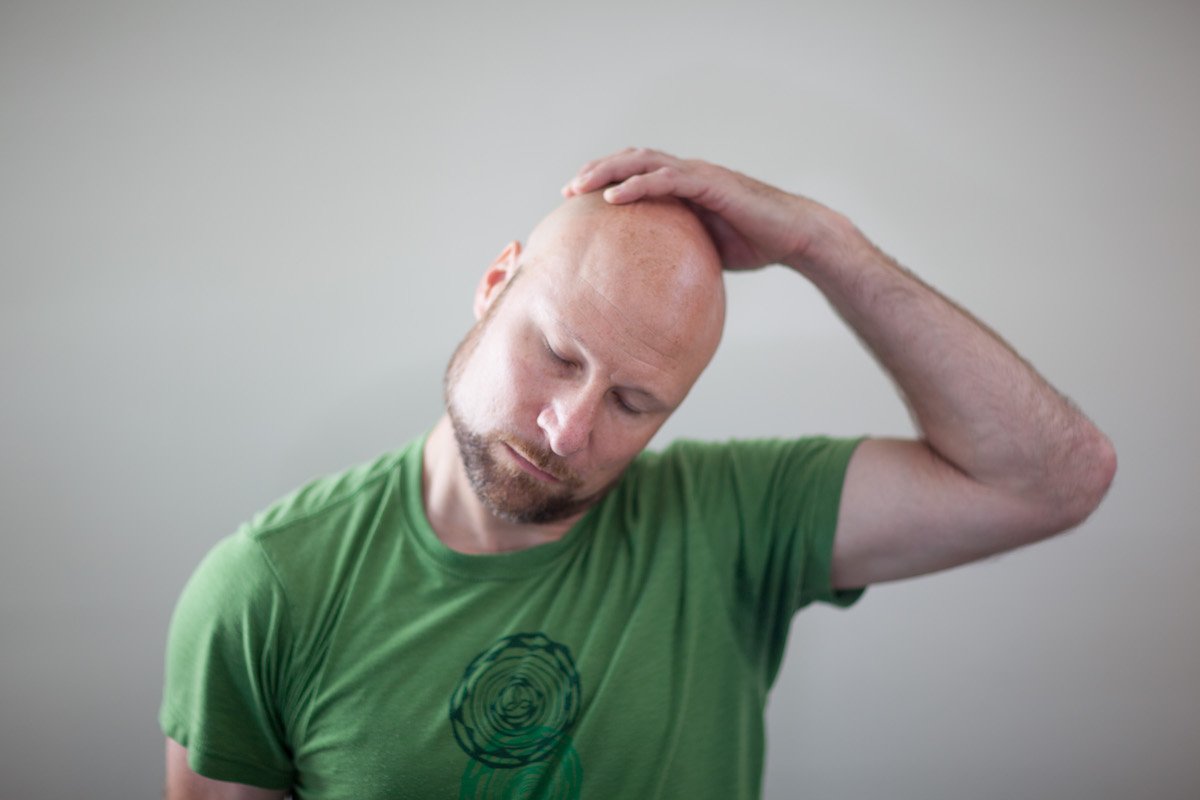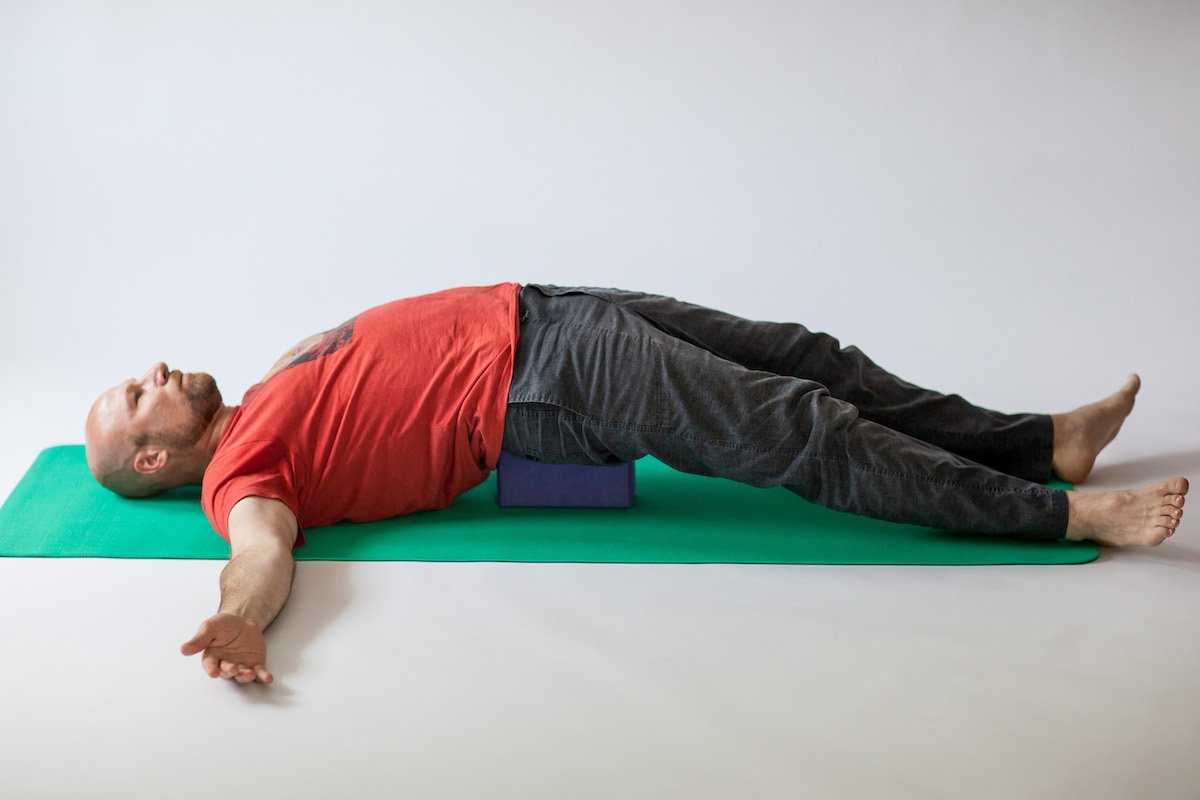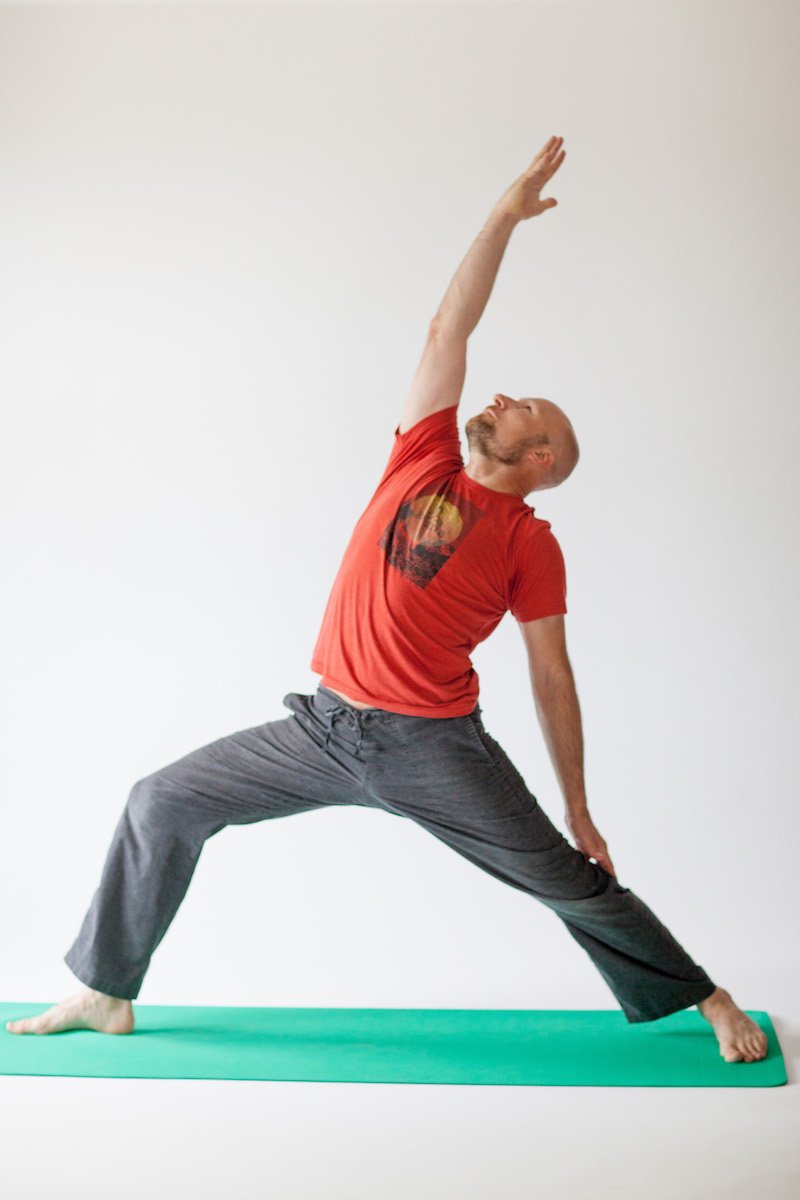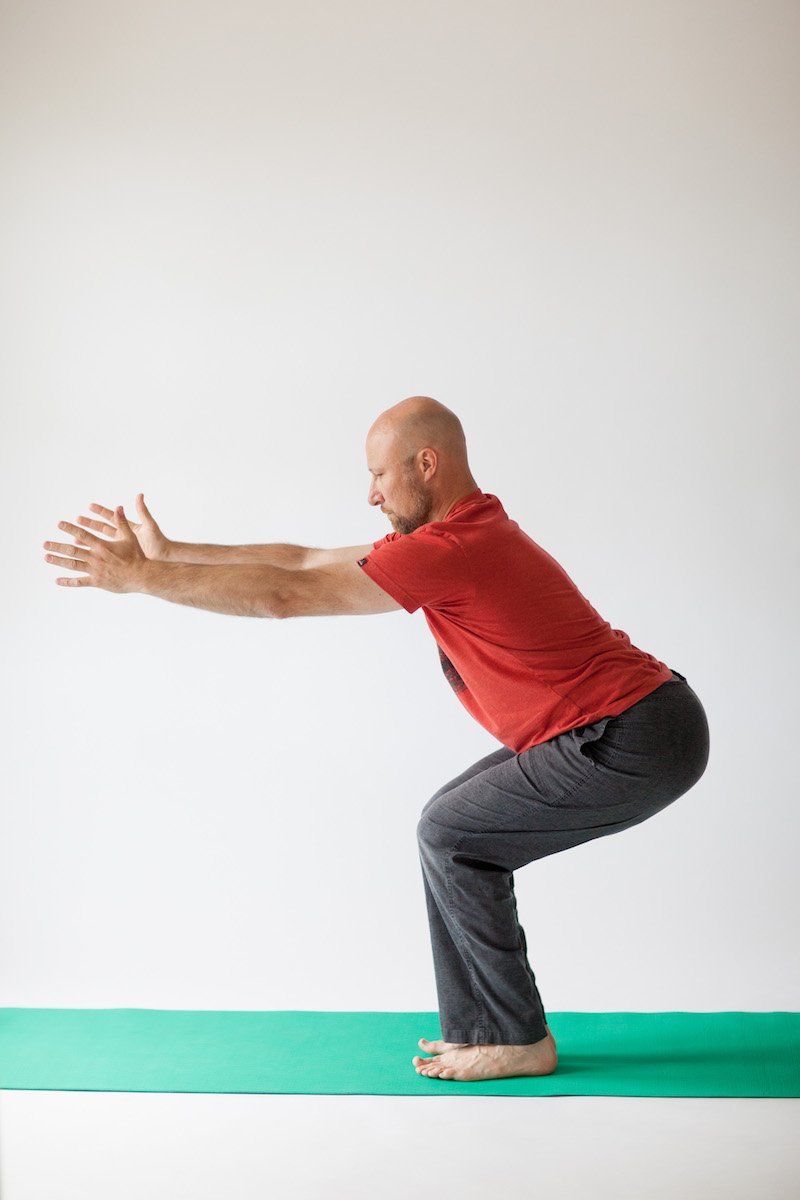As we settle into the spring months after the long winter season, the excitement grows to get outdoors and enjoy the warmer weather. The spring offers us an opportunity to exercise specific muscles that may have taken a break over the cold winter months. Homeowners will regain that stamina by cleaning out their garden beds and lawns and moving the outdoor furniture to their respective spaces. Professional and amateur athletes look forward to participating in spring sports such as baseball, softball, and tennis to compete and build their muscles. Though excited to be working and playing outdoors, all individuals need to properly prepare their muscles, to protect their bodies from getting injured. The shoulder girdle is one crucial muscle group that should be developed because of how often individuals use them in outdoor activities. These muscles help rake, dig, pick up and put down mulch. They also help lift and hang potted plants on the front porch and trim the shrubs and trees in the yard.
If you play baseball, softball, tennis, or track and field, it's another reason to have a healthy, stable shoulder girdle. This group of muscles is used when throwing and catching a baseball or softball. They are employed when throwing a disc, javelin, or hammer throw. Knowing how often we use the shoulder girdle, the next question is what and how many muscles are in the shoulder girdle?
The shoulder girdle contains seventeen muscles that create the three primary stabilizing groups:
The first group comes from 6 muscles that connect from the axial skeleton to the shoulder girdle to the rib cage and spine. They are;
The serratus anterior
The latissimus dorsi
The pectoralis minor
The levator scapulae
The lower, middle & upper trapezius
The major & minor rhomboids
The second group consists of nine muscles from the scapula and clavicle to the humerus. They are;
Deltoid
The Rotator Cuff( which consists of four muscles that connect and stabilize the head of the humerus in the shoulder socket.)
The supraspinatus
The infraspinatus
The teres minor
The subscapularis
Teres Major
The pectoralis minor
The biceps brachii
The coracobrachialis
And the last group consists of two muscles that go from the axial skeleton to the humerus.
Pectoralis major
Latissimus dorsi
These muscles within the primary stabilizing group need to be strong and mobile to assist you in whatever activity you love to do in the spring. Whether it's baseball, tennis, or cleaning up the flower garden, you have to anticipate these activities' effects on the body. So to help you prepare, here is a short yoga sequence I've created to help keep your shoulder girdle healthy and stable so you can continue enjoying your interests in the great outdoors!




